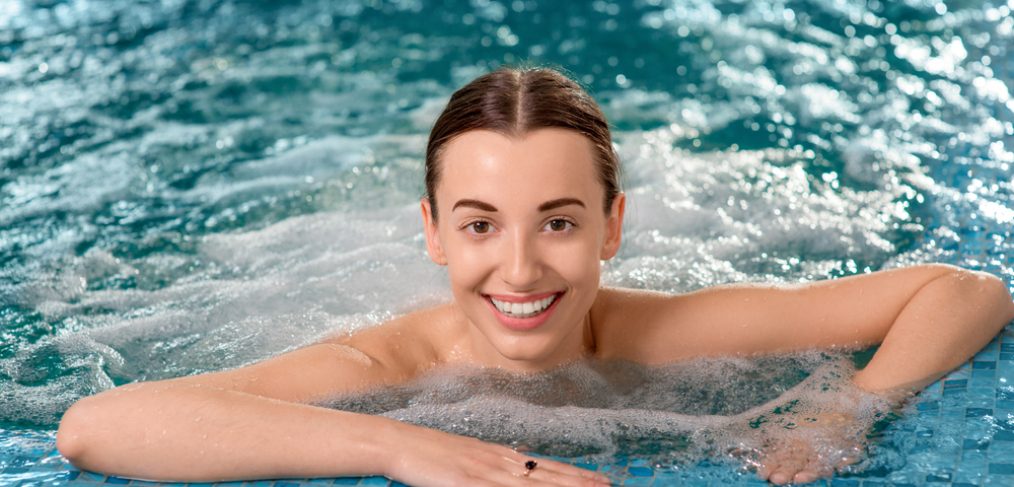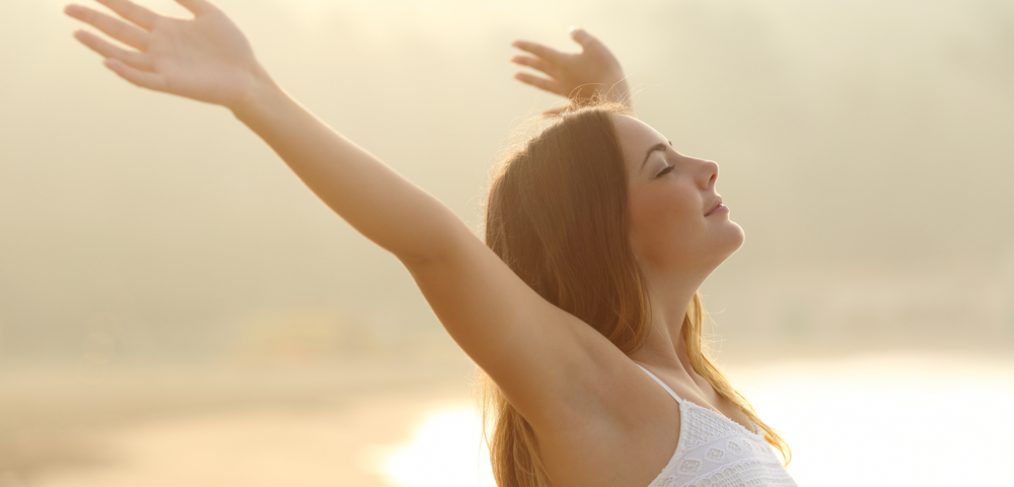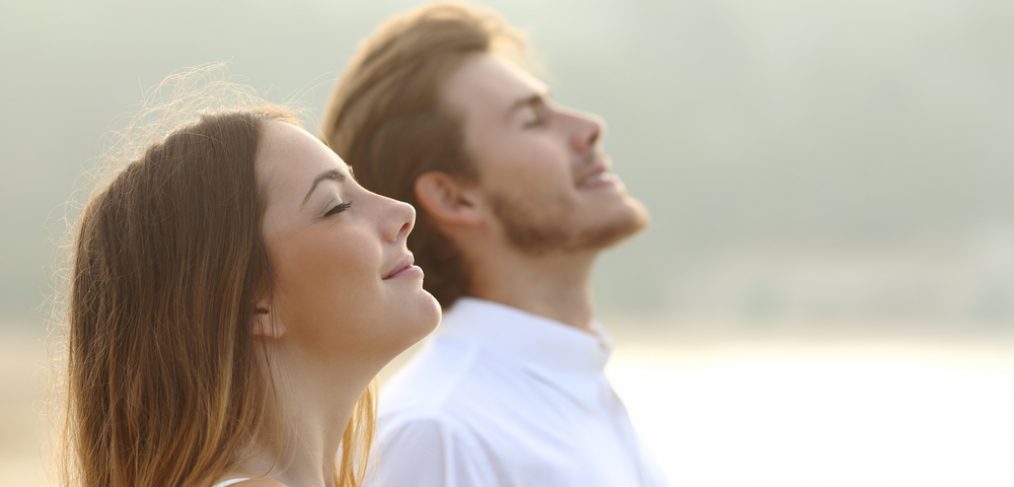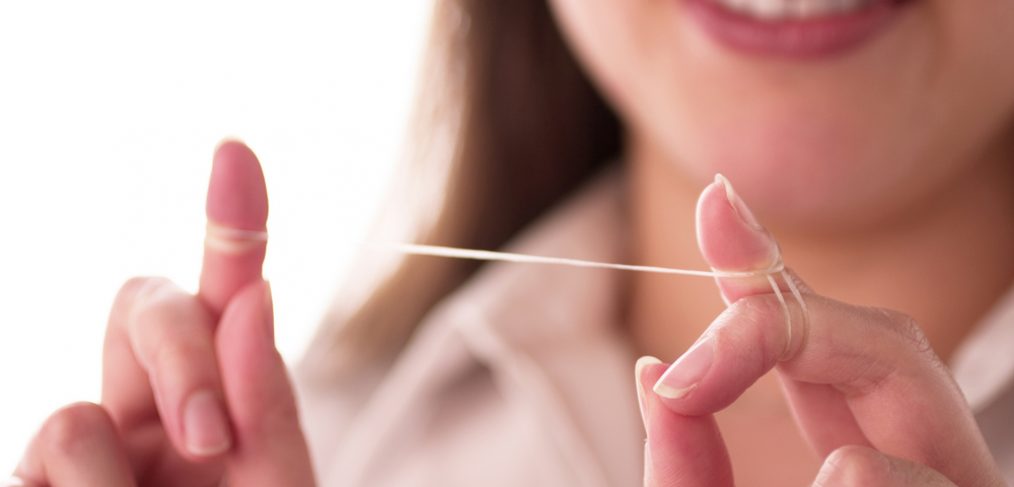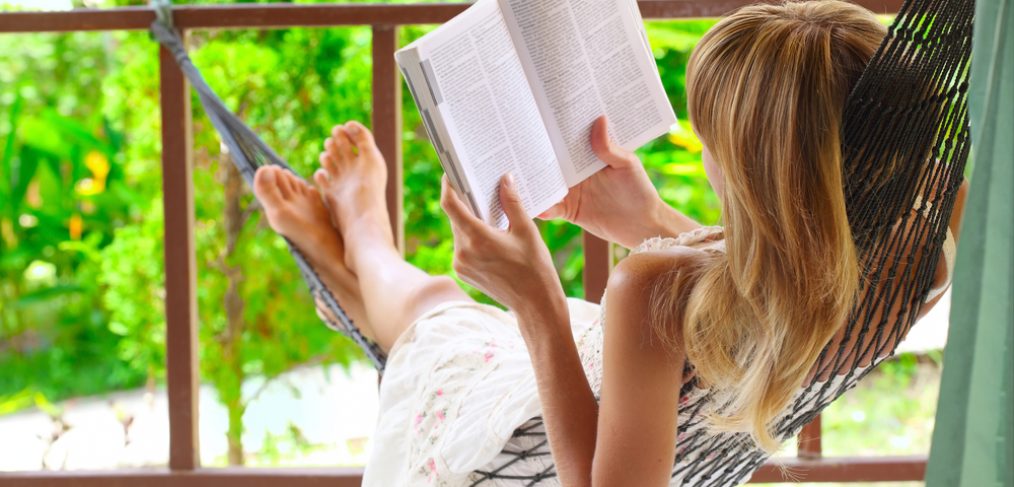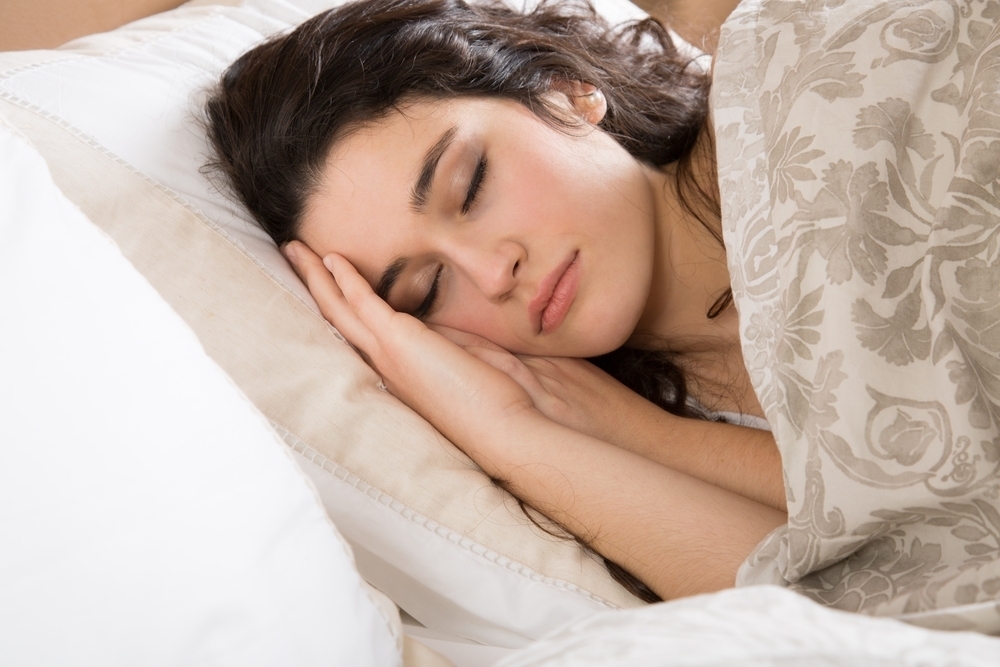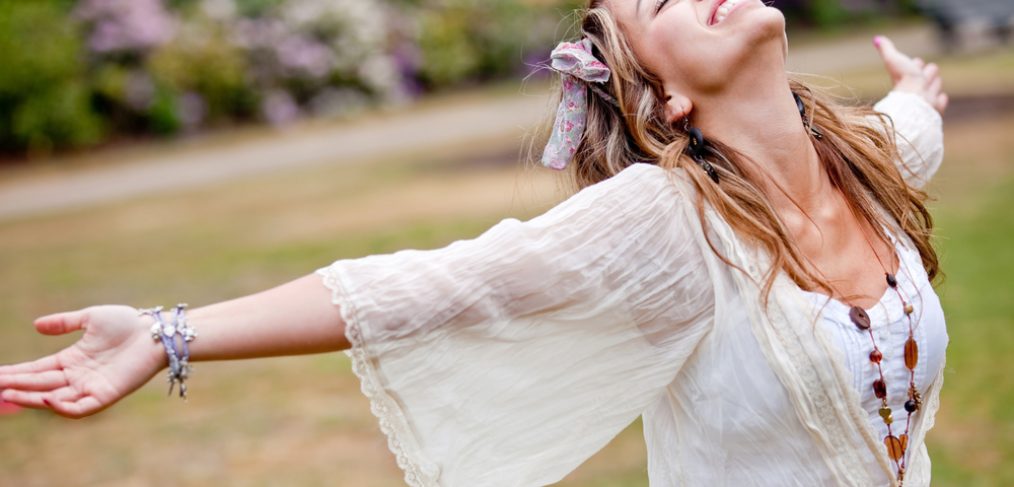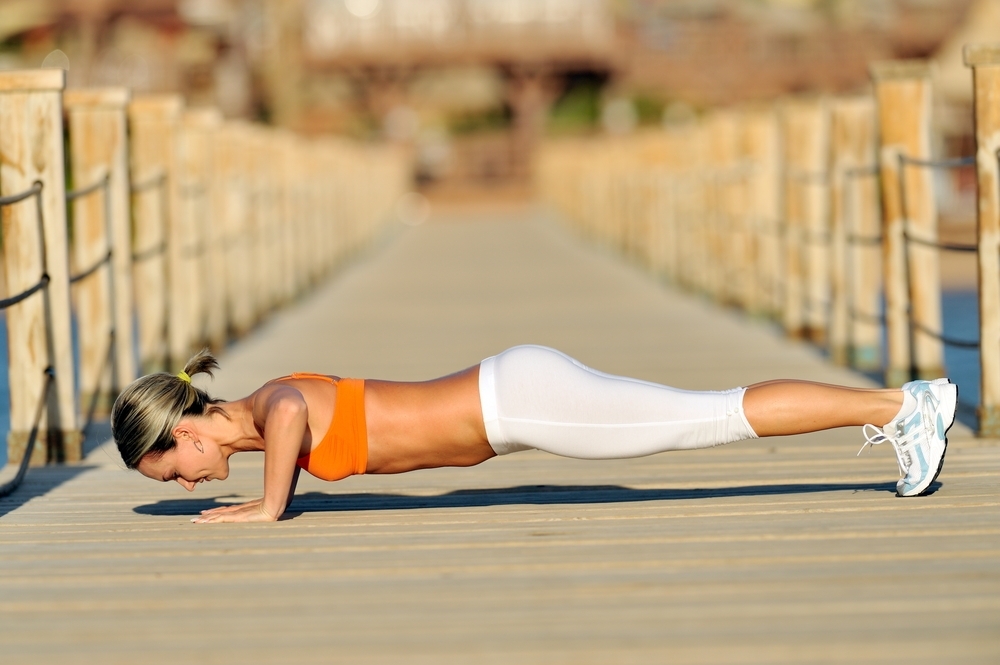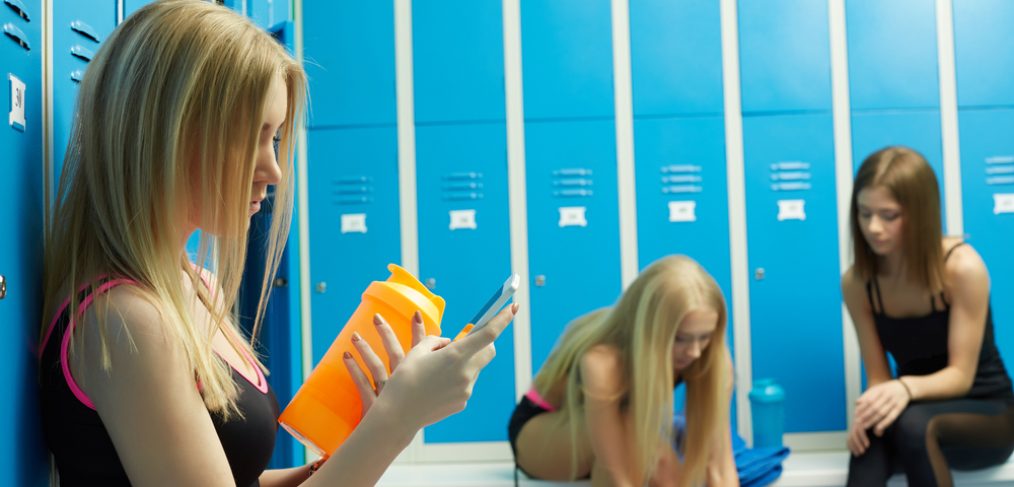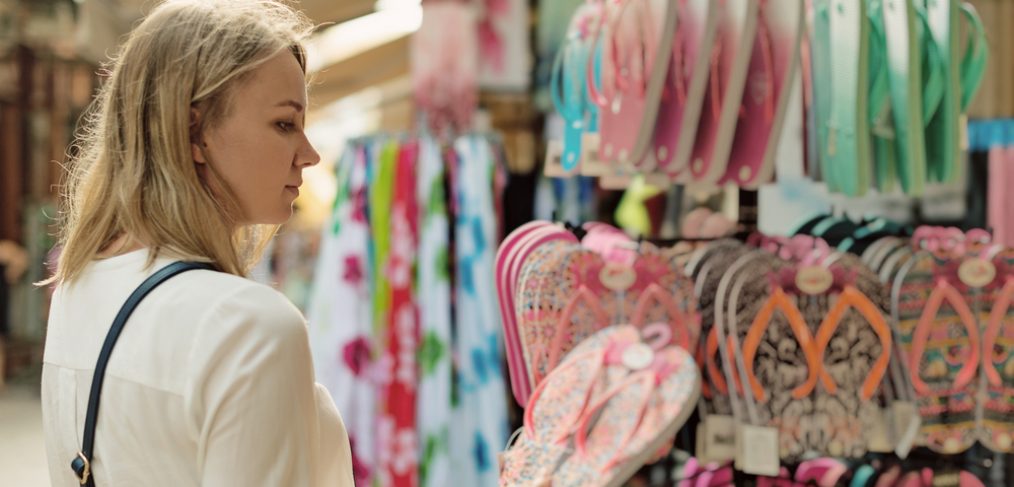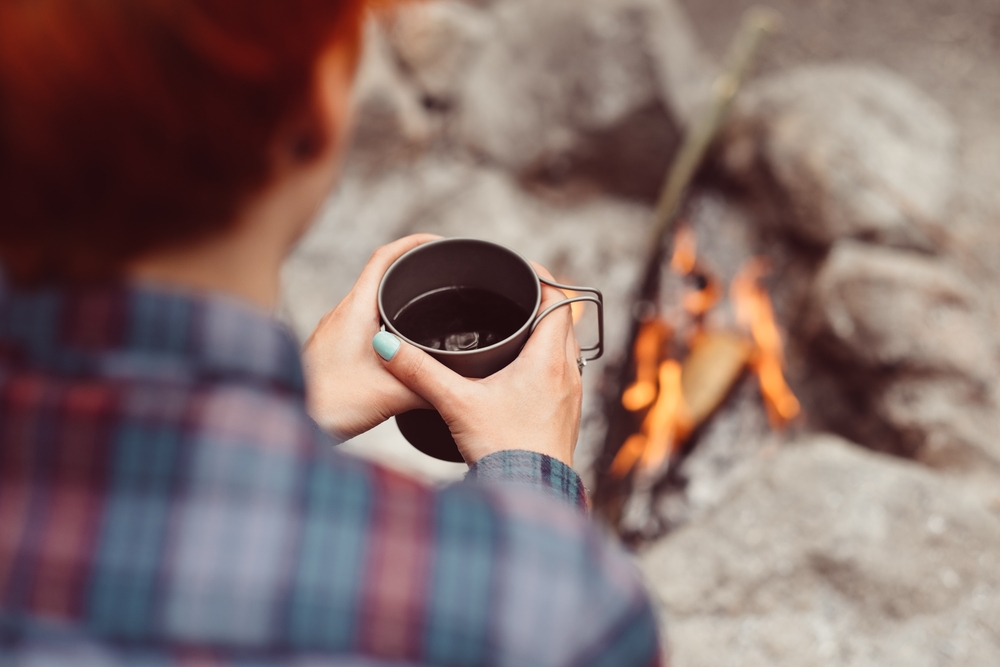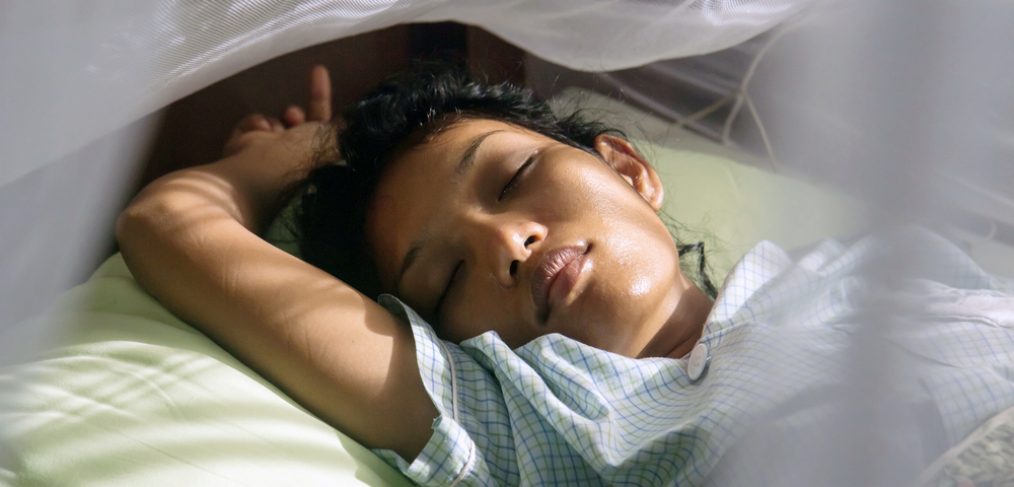Aah, the pool! Owning one has to be one of the ultimate signs of luxury. When we were growing up, weren’t the kids with the pools the most popular kid on the block? A pool meant hours of fun on those slow summer days when time just doesn’t seem to pass.
When we grow older, the pool is equally as alluring. A pool is one of the key ingredients for a party. Just add beverages, food, people and music. This is why pools are such an enticement to advertise property. What is a 40 million dollar mansion without a pool? Hey, even a one bedroom is better if the building has a pool. That is why this is bad news for so many people.
According to the Centers for Disease Control, a report published in the Morbidity and Mortality Weekly Report confirmed that thousands of public pools, hot tubs and similar public services are closed each year in the US because of safety issues. In fact, based on over 84,000 inspections of 48,000 such facilities, 80% were cited with at least one violation in Texas, New York, Florida, Arizona and California. Out of those, one in eight had to be closed immediately due to the intensity of the violation.
Kiddie pools and wading pool top the list. It’s unfortunate that our most prized possessions are also our naughtiest. One in five wading and kiddie pools were closed for violating health policies, the most common of those being improper pH levels, safety equipment issues and problems with disinfectant concentration.
The Chlorine Factor
Normally, chlorine and other disinfectants and chemicals are added to swimming pool to kill the germs. However, a study from the journal, “Environmental Science and Technology” found when these chemical mix with “human inputs,” typically urine, sweat and cosmetics they produce disinfection byproducts that damage cells. This can lead to asthma, bladder cancer, and other health issues.
What Can You do
- Check inspection Reports:Make sure to look at the date to make sure they were done recently
- Keep clean: Experts say that disinfection byproducts can be lower by cleaning spas and changing water in the pool more often and making sure that people shower before swimming.
- Check Children’s Diapers: Diarrhea and swimming never mix well. Take your kids for bathroom breaks and check their diapers.
- Use a pH strip: Look for a free chlorine concentration of at least 1 ppm in pools and 3ppm in hot tubs and spas.
- Look for a free bromine concentration of at least 3 ppm in pools and 4 ppm in hot tubs/ spas. Look for a pH of 7.2-7.8
Make Sure Drain Covers are Secure and There is a Lifeguard On Duty
So, don’t stop swimming. Swimming is good for you! It relieves stress and improves muscle tone and its a whole lot of fun. Just be the smart one at the pool.



